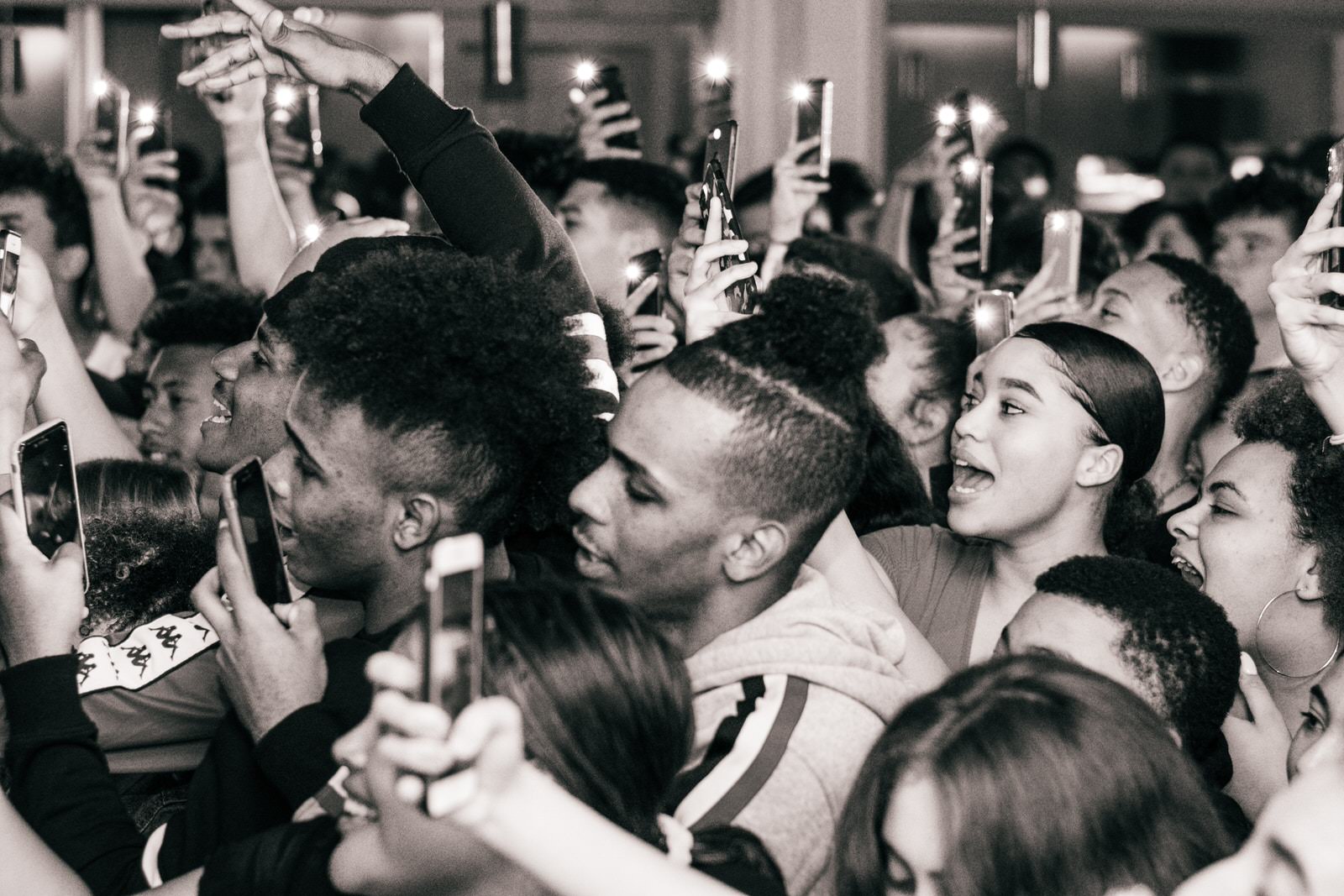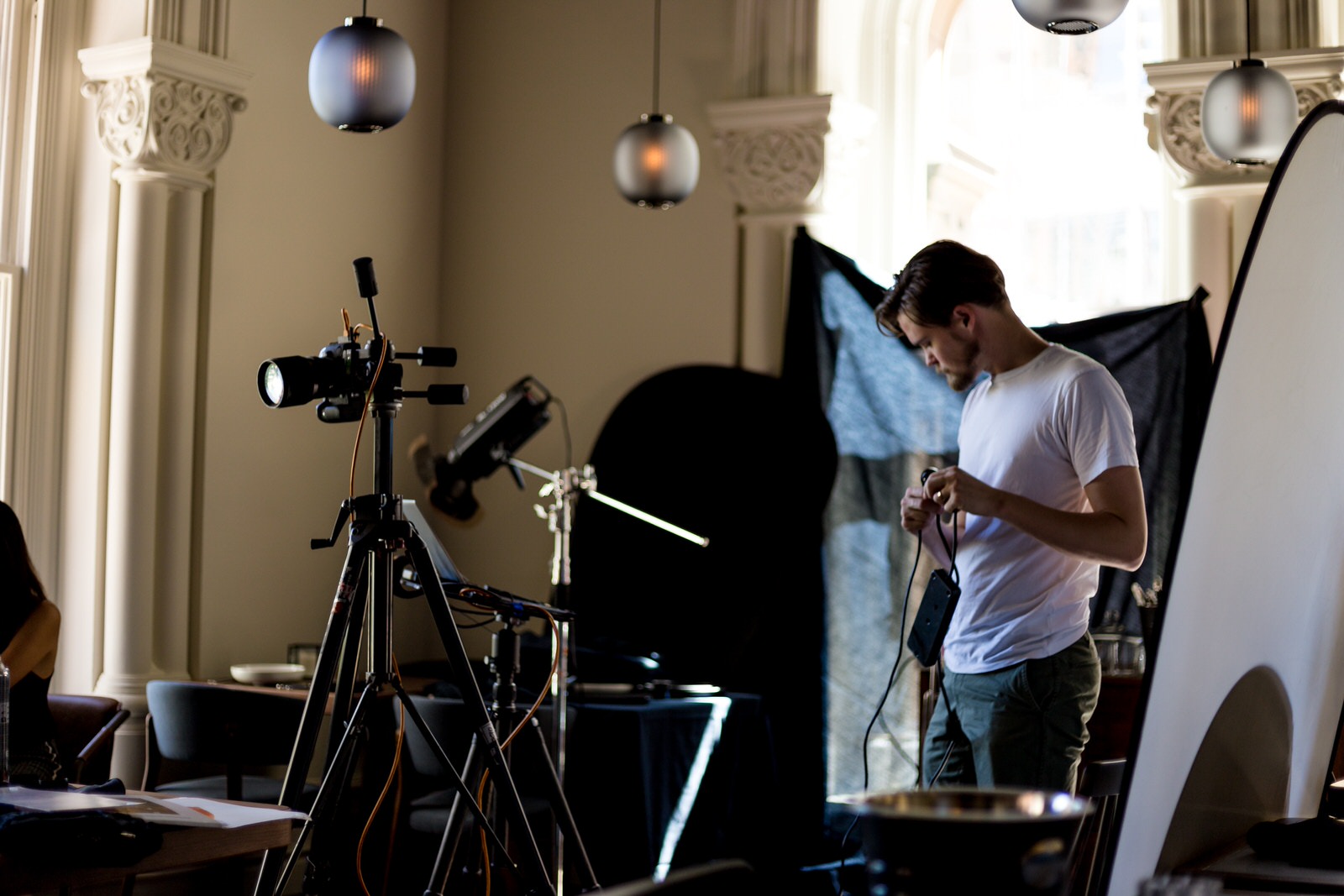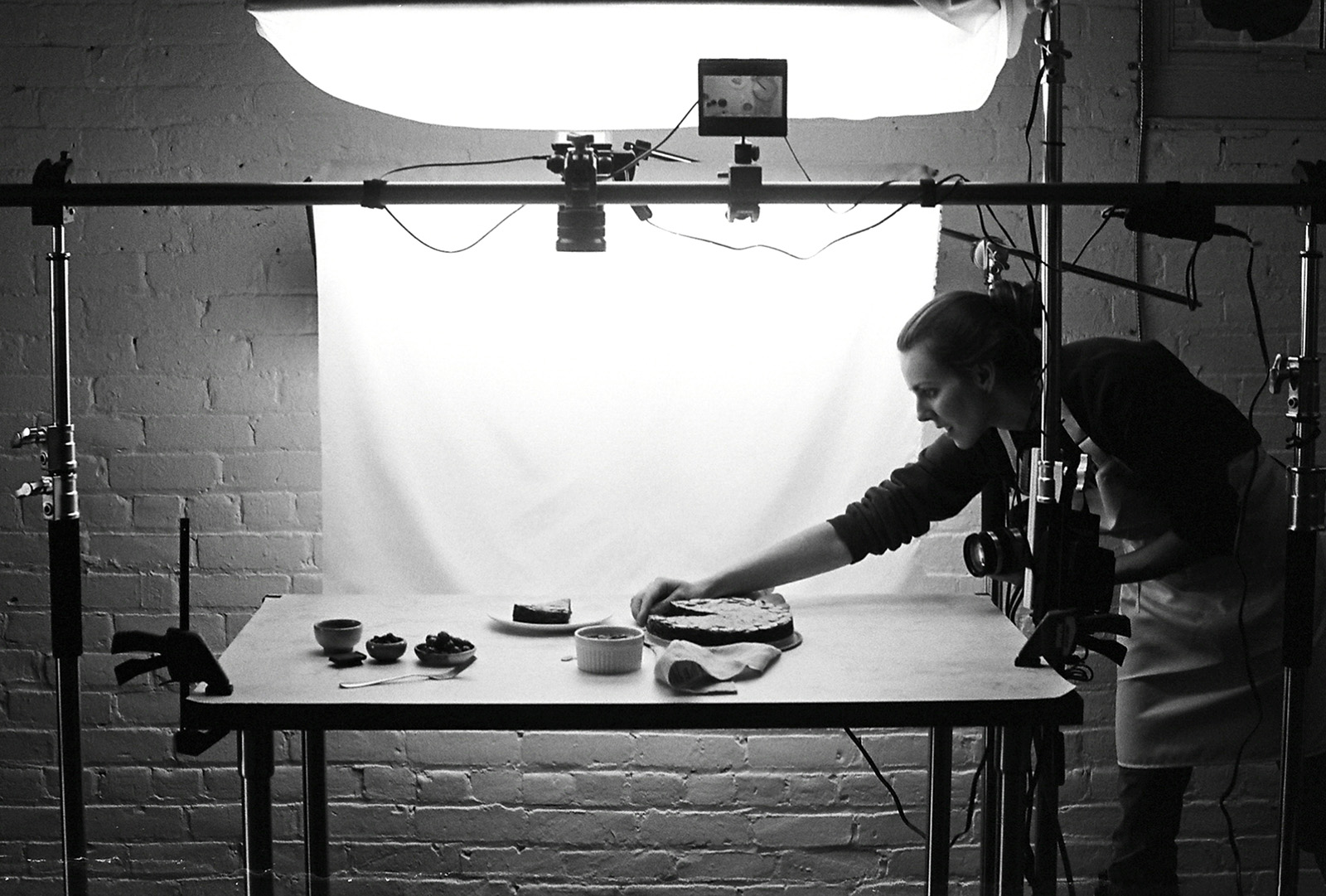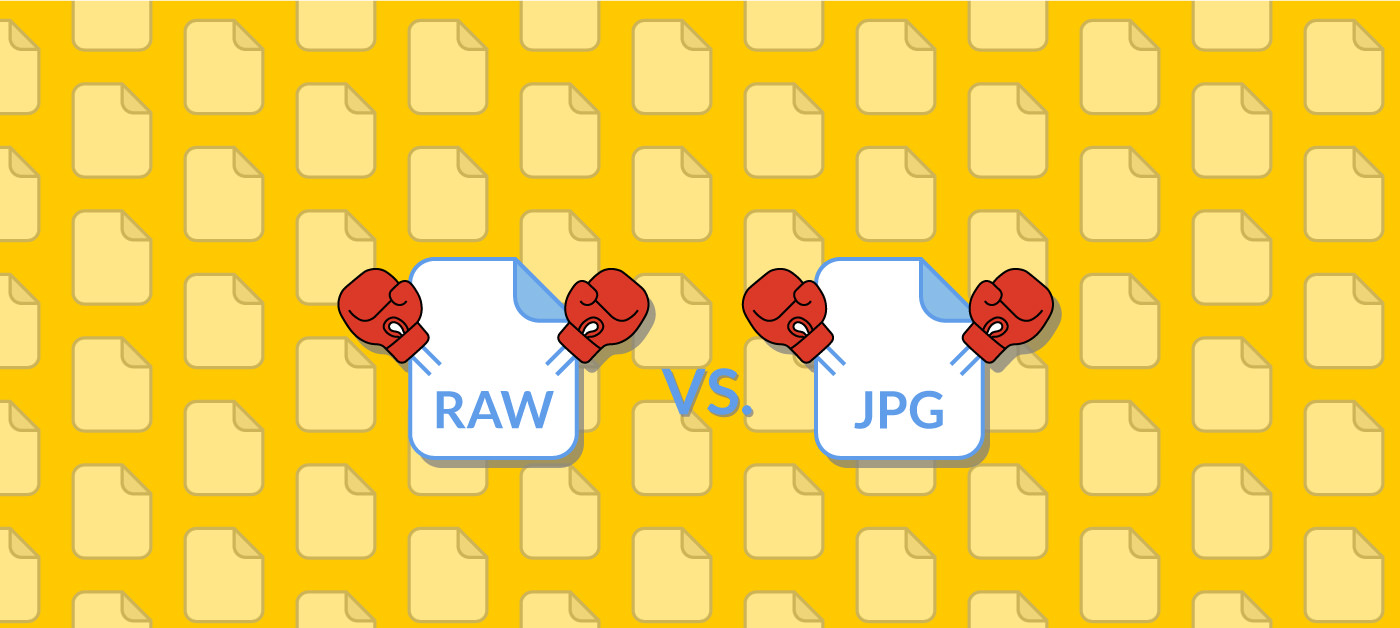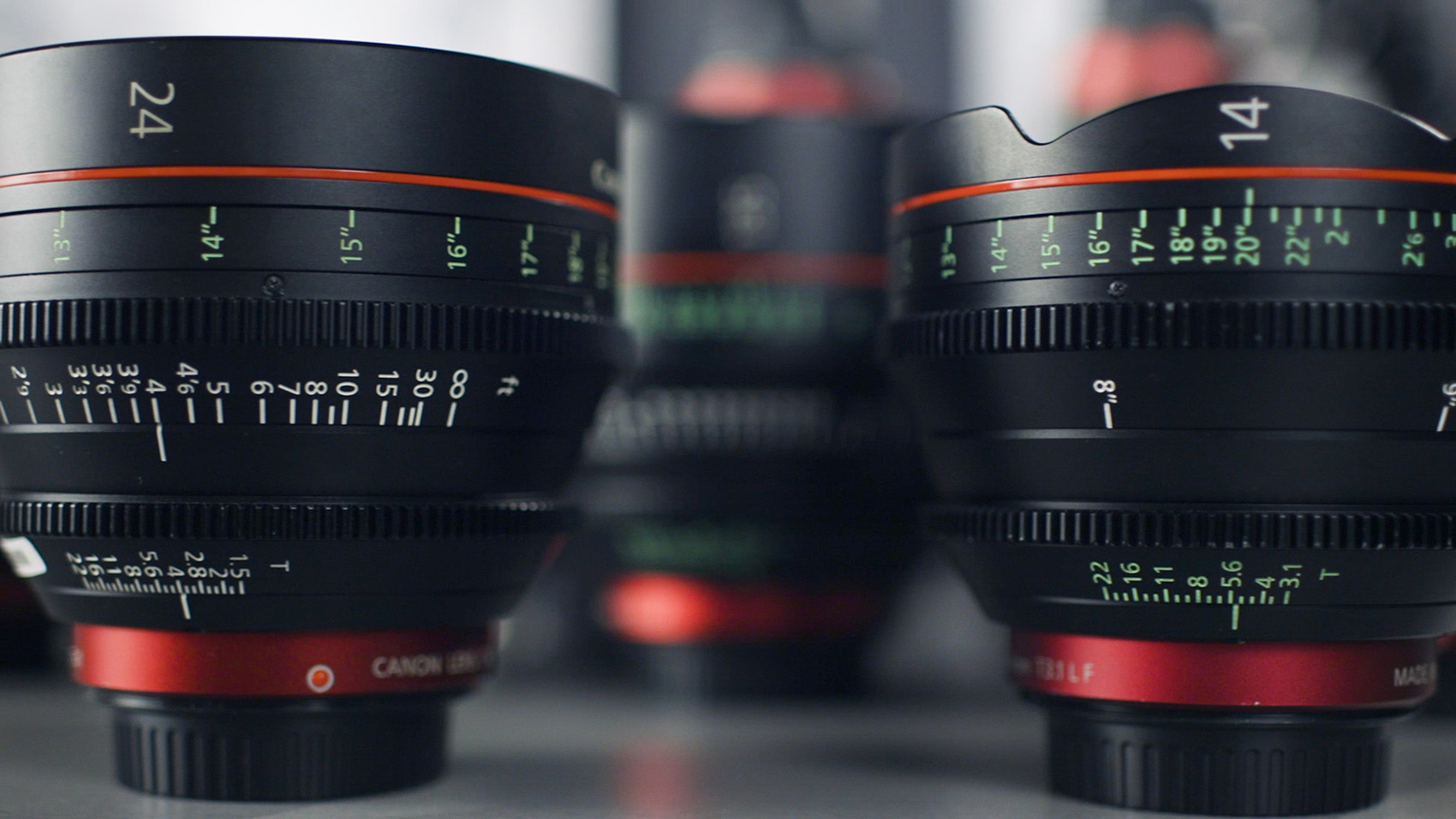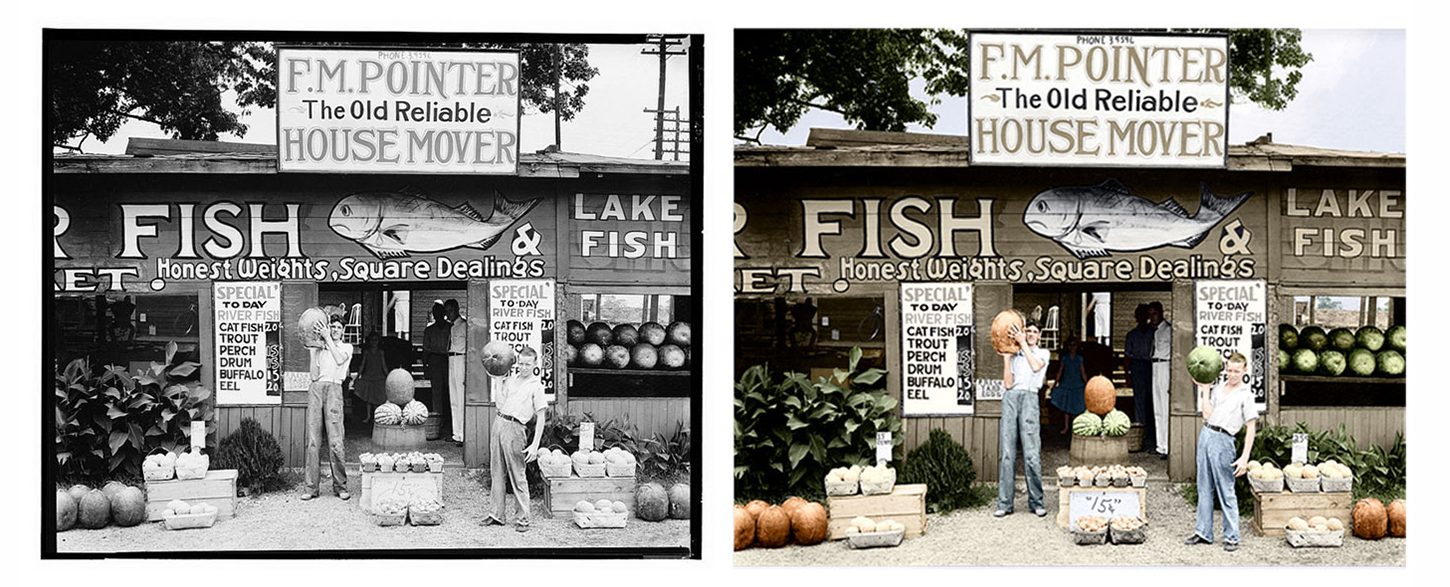
The Definitive Guide to Pricing Your Photography or Design Work
How much is your photography worth? How should you price your design work?
If those questions have popped into your mind, you’ve found the right article to tackle those queries.
Being a photographer isn’t just about picking up a camera and taking a great photo. When you’re a self-employed creative, you need to take care of the financial side of your business, too.
For a beginner who may not yet be familiar with the inner workings of the industry, it can be challenging to objectively assess your work and assign it a monetary value. But even if you’ve been working as a professional for a long time, making photography your full-time gig can be intimidating if you’re not confident in your pricing structure.
There’s a lot to think about. What is your time worth? How much are your customers willing to pay? What expenses do you have to take into account? And these questions don’t always come with easy answers, as there are so many different variables at play.
That’s where we come in. We’ll go over what these variables are and explain how they will impact your pricing, and we’ll offer some tried-and-true suggestions to help you ensure that you’re making a profit instead of wasting your time.
Is My Photography Worth Anything?
If you’re just starting out as a photographer, it can be hard to build up confidence in your skills and market yourself as a “professional” when you feel like a total amateur. Often, new freelance artists end up charging far less than they are actually worth, simply because they don’t realize the value of their work. And, since there is a tangible product in the end, many clients don’t realize that paying a photographer isn’t just about buying images – it’s about investing in a service.
There is a lot more to photography than meets the eye. Here are three important things to keep in mind when you’re trying to justify charging people for your work:
1. Added Value
No matter what type of photography you do, your final product is more than just a collection of images that you’ve poured your heart and soul into – these shots will offer a direct benefit to your client. Whether this is through increasing a business’ visibility when the images are used on social media pages or in advertising campaigns, helping professionals sell themselves and enhance their personal branding with high-quality headshots, or allowing families to decorate their homes with beautiful artwork or cherished memories, you’re giving them a lot more than the images on that disc or thumb drive.
An important thing to remember here is that value doesn’t always translate to a dollar amount. The value you provide as a photographer goes much deeper than that – and make sure you’re letting your clients know what they’re getting.
2. Cameras Are Expensive
It’s not just cameras, either – photography is not a cheap endeavor. Between lenses, lights, software, and even the expenses associated with maintaining your online presence through a website and email hosting, there are tons of costs associated with this job. You wouldn’t pay someone to let you take photos of them, would you? If you’re working for free, though, that’s almost exactly what you’re doing.
Without even taking into account the time you spend scouting locations, traveling to shoots, engaging with clients and taking their picture, and then editing the images after the fact, it costs a lot of money just to maintain your equipment and keep your business running. Those shutter actuations can add up quickly when you’re shooting all day long at a wedding – and, according to Fstoppers, the average life of a shutter can be anywhere between 50,000 to 350,000 clicks.
The more you use your camera, the quicker you’re going to wear it out. So plan for the inevitable and make sure your clients are paying for the usage they’re getting out of your equipment.
3. Time Is Money
And that doesn’t just mean YOUR time. Sure, your time is important, and you know you’re going to be putting way more hours into your final product than your clients would like to believe. But by hiring you, they’re buying themselves time, too.
One of the biggest arguments people have against paying for photography services is that they could just take the photos themselves: “My uncle Albert has a really nice camera and he said he could shoot my wedding for free,” or “We have a blank wall in the conference room, we could just have someone at the office take our headshots there.”
However, these people have often not considered how much time actually goes into shooting photos – time they’d likely much rather be spending on other things. That employee who gets roped into shooting poorly-lit headshots in the conference room is spending company time struggling through a project that they’re really not trained for, and Uncle Albert isn’t able to enjoy seeing his niece get married if he’s stuck behind the camera.
Time is a luxury that we all value highly, and it’s something no one wants to waste.
How Do I Know How Much to Charge?
Now that we’ve convinced you that your work is worth something, it’s time to move onto the harder step – actually figuring out what that worth is. There are a number of different strategies you can use to price your services, but there are some important criteria that you need to consider before you make up your mind.
What Is Your Market Like?
Don’t make decisions about your business without first doing your research. To determine a reasonable guideline to help you figure out your own rates, take a look at what other local photographers are charging. While you might decide that you’re worth $500 an hour, there might not be anyone in your target market willing to spend that much on a photographer.
The demographic you’re trying to appeal to will have a big influence over what kind of rates you should be charging. If your focus is families on a budget, you might need to look at creating smaller packages (as we will discuss later on) at a lower cost, to make sure your potential clients can afford to hire you. However, if your specialty is high-end wedding photography, your clients likely have the disposable income for premium packages – and they’ll be expecting them.
And don’t stop at prices – check out the work of the photographers in your target area to make sure you’re comparing similar products. The market for wedding photographers is likely very different from the going rates for product photography. Find a selection of local photographers who offer comparable services and look at their pricing to get a solid starting point.
What Is Your Experience/Skill Level?
Though you should never sell yourself short, it’s just the truth that novice photographers will not produce the same level of work as established professionals. Be real with yourself as you look at other photographers in your market. Are you on the same level? If you’re not quite there yet, your pricing should reflect that.
Don’t let it get you down, though. Remember, you’re not setting a forever price. Professionals raise their rates regularly to account for the growing expenses of doing business, the increased cost of living, and the higher quality of work they put out after gaining experience.
What Are Your Expenses Like?
As mentioned earlier, investing in the equipment required to run a photography business comes with a hefty price tag – but make sure you’re not forgetting about the other costs associated with being an entrepreneur. You’re going to have to take into consideration things like income taxes; insurance costs; basic expenses like rent, fuel, and vehicle maintenance; and even professional development investments, like fees and hotel stays for conferences or seminars.
Your operating costs should be worked into your rates, so you’ll need to figure out what these are before you can settle on any final numbers. Keep track of your monthly expenses to get an idea of how much money you spend on your business each month, and look into what percentage you’ll need to set aside for taxes.
What Are Your Hours Like?
When you’re working for yourself, it’s easy to lose track of your hours – especially when you’re doing something you love. But, as we pointed out earlier, your time is worth money, and your clients should be reimbursing you for the hours you spend on them.
This isn’t just the time you spend shooting, either. The time you spend on each client starts with your initial communications about the shoot and covers all the hours you spend on the project after that: scouting potential locations and taking test shots, driving to and from each location on the day of the shoot, and the post-processing work you do on your computer once the shoot is over.
How Will Your Client Be Using the Images?
In the United States, the copyright for an image typically remains with the photographer, even if that photographer was hired to create it. When you’re setting prices, take into consideration what rights you’ll be signing over.
- Are you allowing your client to make prints?
- Can they use your images to earn a profit?
- Can they use an image without crediting you?
If you answered “yes” to any of these questions, it’s reasonable to consider charging at a premium.
What Do You Want Your Profit to Look Like?
For most freelancers, this is the most difficult part of figuring out your rates. Determining the actual worth of your finished product is incredibly subjective, so it’s tough to put a number on how much profit you feel you deserve to earn on each project. But this is really important, too – you’re not putting all this work into your photography business to just break even.
You might have heard that new businesses don’t typically begin making a profit until they’ve been operating for a couple of years, often due to the high start-up costs associated with launching a new venture. If all you’re doing is covering your expenses, though, you’ll never pay off those initial debts. It’s important to work your profit into your rates from the get-go, to ensure you’re establishing a viable business that will do more than just pay your bills.
If you’re still stuck, check out more specific industry pricing references at Thumbtack or Fash, or use the National Press Photographers Association’s handy business calculator to develop your own pricing template.
What Pricing Model Should I Use?
Once you’ve got a decent starting point, it’s time to look at your options. There are two main strategies photographers use to price their services – during your research, you might have noticed which option is more commonly used in your area. This might be an indication of what your target market prefers, but don’t let that dictate how you structure your own rates.
Hourly Rate
This is a popular option among photographers who are just starting out, since it’s fairly easy to calculate and for clients to understand. Work backwards from the yearly salary you’re hoping to earn (or that you need to earn, based on the calculations you did to work out your expenses earlier). From there, you should be able to divide that by the number of weeks you plan to work per year, then by the number of hours you intend to work each week.
The issue here is that it’s very hard to determine how many hours you’ll actually be working. When you’re first starting out, it might be tough for you to book enough work to keep you busy 40 hours a week – and what happens if you get sick or need to take time off for other reasons? It’s also challenging to estimate exactly how many hours it’s going to take for each project you take on, since poor weather conditions could mean more time spent post-processing or a delayed/rescheduled shoot.
Many commercial photographers may also choose to charge by the day (or half-day), rather than hourly. This is best implemented once you have a strong sense of your own workflow, since it can be challenging even for seasoned professionals to determine exactly how long a job will take.
Package Pricing
This is a structure most commonly employed by photographers who specialize in things like weddings or portraits, but it can be modified to suit any type of photography you offer. The main advantage to using this strategy is that it gives your clients the opportunity to decide for themselves how much they are willing to pay and what services are important to them. They’ll also know straight away what deliverables they can expect from you, which isn’t always clear when you’re just charging an hourly rate.
It can be tough to figure out how to set up this kind of pricing, but these tips will give you a jumping-off point to customize your own packages.
1. Start with the Basics
This will be the bare minimum clients can expect, no matter which package they decide to purchase. You might want to include something like a free consultation to go over the client’s individual needs, a digital delivery of at least 25 images, two hours of shooting time, or a guaranteed two-week turnaround time. Think about what services you want to provide and what you can reasonably do for the cheapest price.
2. Set a Time Commitment
More expensive packages usually allow for additional time on the shoot. Some clients find it reassuring to have extra time set aside in case of unforeseen circumstances. For them, it’s an appealing perk of more costly packages. Others may be willing to sacrifice a little time in favor of a lower rate.
3. Offer Unique Add-Ons
Now, come up with some additional benefits clients could receive by paying a little more. How about additional prints or an album of some of the best images from the shoot? This is a chance for you to get creative and come up with something unique and exciting to offer your clients that will set you apart from other photographers in your area.
4. Clearly Define Each Option
This is key. Using a pricing table to highlight each package shifts the focus from the price and onto the benefits associated with each option. Instead of worrying only about the cost, they’ll be looking for the add-ons they just can’t live without.
Remember that flexibility is essential, too – there will be circumstances where a client might want something that isn’t covered by one of your packages, or is willing to sacrifice a benefit from one package level for something offered with a different option. Being open to negotiating with clients is important, but don’t do so at your own expense. Make sure that whatever extras a client is asking for, that cost is included in the price of their package.
Pricing by the Image
Many photographers choose to price each image. This comes with some unique risks and rewards, and it doesn’t work well with all photography genres. For example, the volume of photos you end up with after a wedding is just too overwhelming and sentimental for a client to cull on their own. However, many other clients may prefer this option, since it gives them a little more control.
There’s always the chance that your client will choose not to purchase any images, which is why you may want to charge a sitting fee with this pricing model – this ensures that your client is serious and that you’ll get some sort of return from the project. Sometimes, customers will return weeks or months after the fact, asking to purchase additional images (an excellent argument for keeping your work backed up long after a collaboration is over).
When Can I Make Exceptions?
No matter how much effort you put into marketing yourself as a professional and carefully developing your pricing structure, there’s always going to be some colleague or family member or high school buddy who wants you to cut them a deal. If you’re self-employed, these kinds of requests are just a fact of life – but they never get any less frustrating.
One way to take the pressure off is to prepare for these situations by working out your ‘friends and family’ rules ahead of time. You’ve got a few options:
Don’t Do It
You heard me. Just say no. Tell them that you’ve made it a rule to never work with friends and family because you don’t want to mix your business with your personal relationships, and offer to provide them with some recommendations of other area photographers they might want to work with, instead.
Treat Them As You Would Any Other Client
This means they’re going to have to choose a package or receive an invoice for your time, but at least you won’t be investing hours and hours into a project at your own expense. And if they’re not willing to pay you for your time and energy, again, recommend other local photographers who might have lower rates.
Donate Your Services
There are probably people you care enough about that if you’re asked to capture their special moments, it feels like a privilege instead of a job. You can share in their joy while taking a few photos, and then edit them and offer them up as a gift. While this isn’t an option that would work for everyone and in every situation, it’s nice to be able to use your skills to make the people you love happy.
Offer Them a Special Package
For a discounted rate, let them know that you’ll be willing to do a quick shoot (when you’re not already booked) and provide them with a limited number of edited shots (with a longer turnaround time, if necessary, so it’s not too time-consuming on your end), and they will feel like they got a great deal. Plus, you’re showing them that you are in-demand and your time is valuable, so they’ll be happy to pay your reduced rate to show their appreciation. Everybody wins!
You’ll have to use your discretion to see which request falls into which category – you might be willing to take your nephew’s senior portraits for a discounted rate or shoot your best friend’s maternity shots for free, but the guy who sat behind you in tenth grade English can probably pay full price.
Successfully building a lucrative business as a self-employed photographer means spending a little time on developing a functional, effective pricing model. When you’ve got your expenses and your profit margins taken care of, you can put your energy to much better use behind the camera, doing what you do best – and what earns you a comfortable living.
